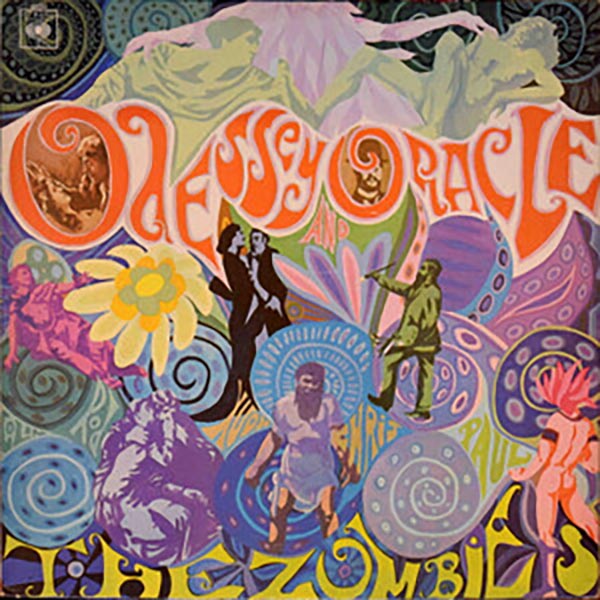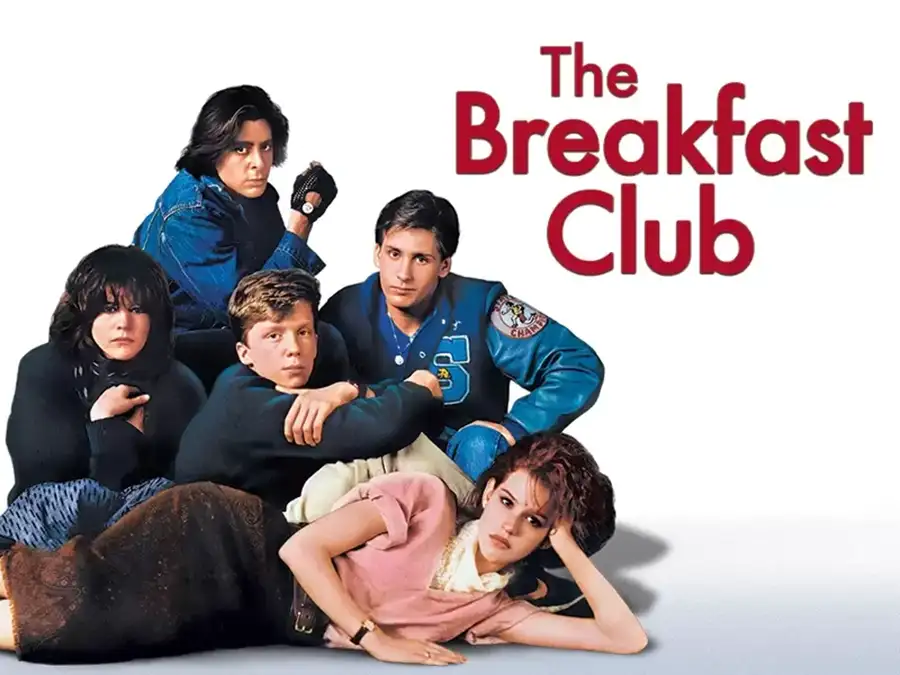
Listening to the ‘60s station on Sirius XM on my drive to school one day, I found myself listening to “Time of the Season” by The Zombies. I had heard the song plenty of times before, but I had never really thought of the idea to check out more of The Zombies’ discography.
Formed in 1961, the British rock band grew in popularity after the release of their first hit “She’s Not There” in 1964. It topped the charts at No. 2 in the United States and No. 12 in the United Kingdom. After that, however, the band received a decline in interest.
In 1967, The Zombies recorded their album “Odessey and Oracle,” but it was not released until the following year. Due to a lack of booking gigs and little reception on their other work, the band broke up in December of 1967.
“Odessey and Oracle” was released April 19, 1968. “Time of the Season,” the final track on the album, was released as a single on the album, and it did not reach popularity until 1969. However, it did peak in the Hot 100.
The album, consisting of 12 songs, is just over 35 minutes long. Described as psychedelic rock, it sounds as if The Beach Boys and The Smiths were combined. Each song is distinctly different and masterfully produced.
“Care of Cell 44”
The opening track to the album, “Care of Cell 44,” starts off with a cheery tune. The song is a letter from someone to their lover who is in prison. The person in prison is soon to be released, and the singer looks forward to having them back home. It’s an upbeat song with cheery harmonies and orchestral backing. The steady beat makes you bop your head in time with the fun song.
“A Rose for Emily”
The song is a retelling of William Faulkner’s short story of the same name. The gothic short story tells the tale of a reclusive woman who spends her life in loneliness but will do anything to keep someone from leaving. The song focuses on Emily’s life being full of loneliness and dying alone and unloved. Piano heavy, the song seems simple but holds the band’s stunning melodies in a melancholy way that keeps it from being boring.
“Maybe After He’s Gone”
“Mayber After He’s Gone” is told from the perspective of a writer missing his ex-girlfriend. She has moved on with someone new, but the writer is still in love with her and hopes she will leave her new boyfriend to go back to the writer. Starting off with a small guitar riff in a minor key, it sets a sad feeling that quickly builds into energy when the singer gets to the bridge expressing how he hopes she will come back.
“Beechwood Park”
The name for the song comes from Beechwood Park, a girls’ prep school in a town near where the band was from. The lyrics of the song tell the story of the writer looking back on a time spent with a person and how they will never forget that time in Beechwood Park. Starting low with a guitar line that feels like a late evening, the song embodies the feeling of driving down a street at night and remembering a time a while ago.
“Brief Candles”
Yet another literary reference in “Odessey and Oracle,” “Brief Candles” is inspired by a book by Aldous Huxley with the same name as the song. The short story in the book tells the tale of a writer and a woman who have an affair but quickly realize that their relationship is empty and only fleeting, much like brief candles flickering out quickly. The song mirrors this story by describing the woman and her feelings about the relationship in the first verse and describing the man and his feelings about the relationship in the second verse. The first verse starts off very quiet and light with only a piano in the background of the vocals. As soon as the chorus hits, the song breaks into heavy bass and backing drums. The song ends with a light piano outro similar to the beginning.
“Hung Up on a Dream”
Literally taken, the lyrics tell of a person having a sort of psychedelic, vibrant dream and then waking up from it. Taken more in a figurative sense, the song is about a person who was caught up in the beauty of the hippie movement, seeing it as a dream, but then “waking up” to find that it is unrealistic. With the vocals sounding like they echo from a place behind you, the song feels dreamlike and like a distant memory.
“Changes”
In describing a woman going from summer to autumn to winter to spring, “Changes” compares a woman changing feelings to the changing of the seasons. The harmonies in this song really emulate The Beach Boys. Throughout the song is a call and response between the vocals and a flute.
“I Want Her She Wants Me”
By repeatedly singing the same line of “I want her she wants me” throughout the song, it is clear that the writer is enamored with his girlfriend. Slipped in a few times, however, are lines saying that the girl had given her heart once before, but it had gotten broken. This suggests that the girl might not be fully over her previous love. Starting with a strong bass line and jumping into a peppy tempo, the song has charm.
“This Will Be Our Year”
A statement many people will say before the start of the next year. Maybe this past year wasn’t great, but next year will definitely “be our year.” The lyrics of the song portray a couple who have gone through difficulties but look towards the next year with positivity and will go into it together. Heavy in piano and leaning into vocals from just one singer and building into a key change, “This Will Be Our Year” has a sound like a Beatles song.
“Butcher’s Tale (Western Front 1914)”
The “Western Front 1914” part of the song title suggests exactly what they song portrays. A haunting tale told from the viewpoint of a soldier who used to be a butcher, “Butcher’s Tale” leaves shivers running down one’s spine. By repeating lines saying that he can’t stop shaking, the listener can feel and hear the fear and chill of the situation. Starting off with haunting whispers and going into an organ-like keyboard intro sets up “Butcher’s Tale” to give the listener chills.
“Friends of Mine”
Unlike the other darker songs on the album, “Friends of Mine” is very cheery and upbeat. Stating that when he feels down because of other people, he turns to his two friends who are in love, and they make him believe in happiness. Throughout the song, the names of various couples are sung behind the main vocals. “Friends of Mine” is likely the most upbeat song of the album.
“Time of the Season”
Pretty much the only song from the album that received proper commercial success, “Time of the Season” reached No. 3 on the US charts. To finish off the album, the song has a different sound and feel than many of the other tracks. Starting with smooth vocals, drums and bass, the song has a timeless feel. Midway through, it breaks into a keyboard solo and then goes back to the same part as the beginning.
The album did not receive the love and appreciation it deserved when it was released, but it has since become a classic. Although disbanding in 1967, The Zombies officially got back together in 2004 and have continued to make music since and also go on tours. “Odessey and Oracle” remains as an underloved but beautifully done album that deserves much more recognition.
25ctholstrup@usd489.com

















